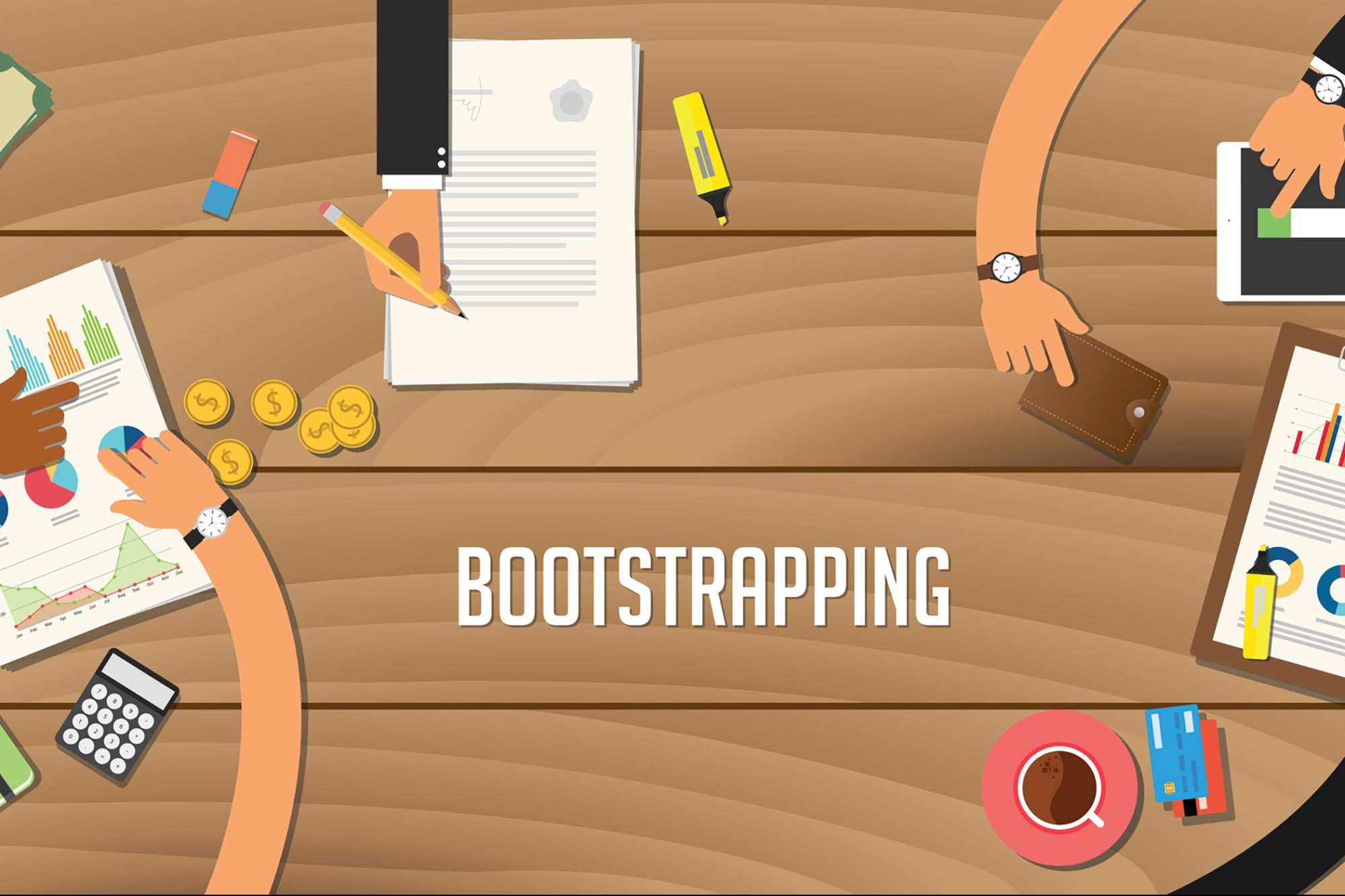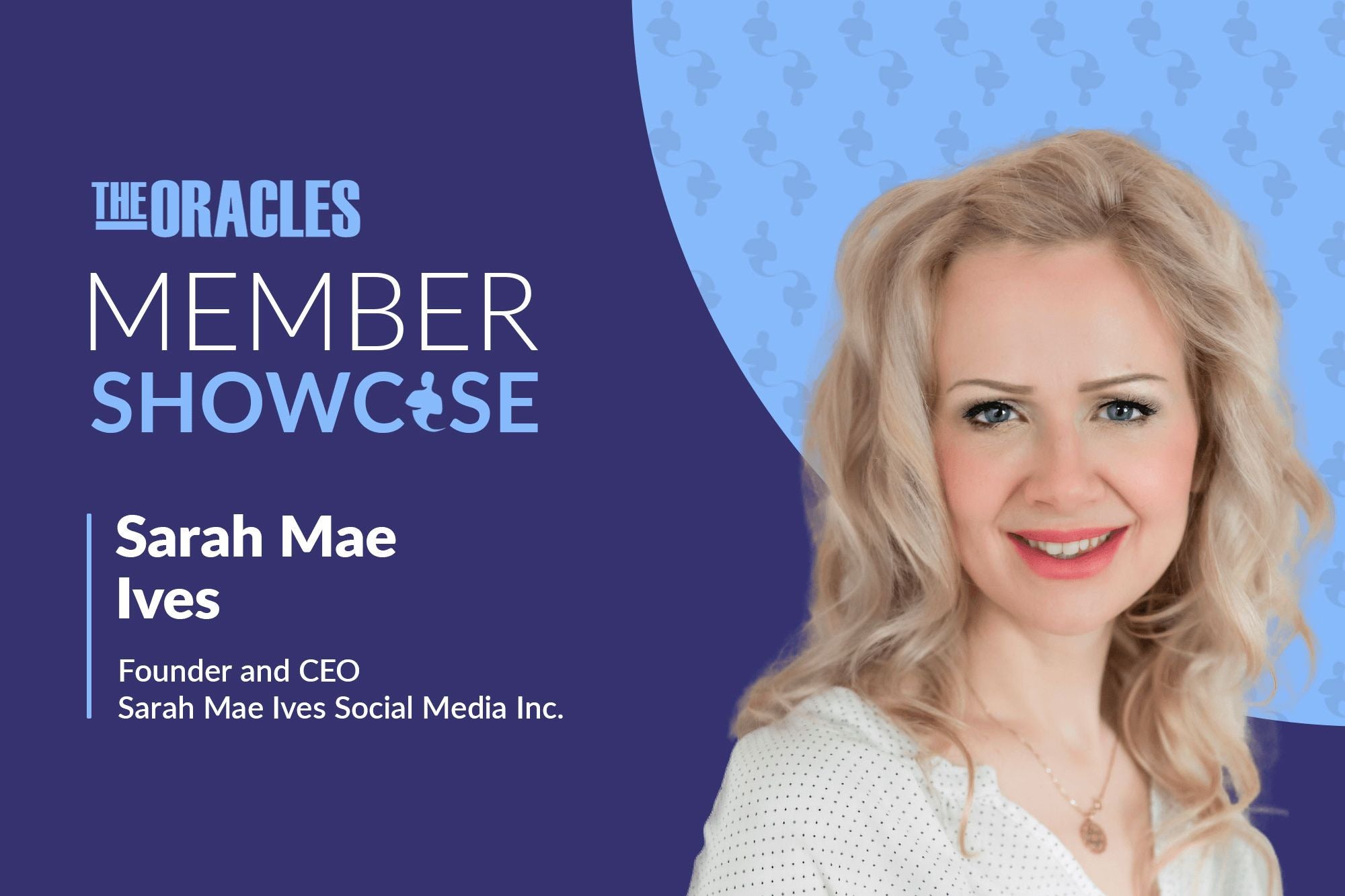A year ago, the nation’s housing market, like the rest of the economy, went into a deep, COVID-induced freeze. By the summer, the real estate industry had adjusted to socially distanced open houses and buyers were trying to get ahead of what would become a long year of work and school from home.

As we enter the spring, the housing market has a major problem that has persisted for a year: there is a lack of supply amid skyrocketing demand. At the end of February, existing housing inventory remained at a record-low of 1.03 million units, down by 29.5% year-over-year – a record decline. Properties typically sold in 20 days, also a record. With so few properties on the market, bidding wars have erupted, and the median existing-home sales price rose to $313,000 in February, 15.8% higher from one year ago.
Builders can’t keep up with demand for new homes, where the same market dynamics exists, but also, the cost of materials, like lumber, crude oil (the base component of paint, drainpipes, shingles, flooring), and copper are all shooting up. The median sales price of new houses sold in February 2021 was $349,400, up 5.3% year-over-year.
Millennials, who had remained on the sidelines for much of the housing market recovery, have jumped into the fray. According to an October survey from the National Association of Realtors, nearly half of millennial home shoppers were planning to buy a home sooner than expected because of COVID-19 and that helped push up the share of first-time homebuyers to 36% last year, from 31% in the previous two years. That said, the young set has to play catch up. Forty years ago, the median age of homebuyers was 29, while today, it has increased to 34.
These tech-savvy buyers are helping to change the way houses are bought and sold. No longer confined to just looking at listings on line, a new Zillow survey shows that almost 4 in 10 Millennials said that they would be comfortable buying a home online — without ever seeing it in person. Fifty-nine percent said they would be at least somewhat confident making an offer on a home they toured virtually but not in person. These buyers can also apply for loans and have Zoom closings, all from the comfort of their current dwellings.
Where is the housing market going next? Despite the fact that we are coming to the end of the pandemic with accelerated vaccinations, many big companies have announced that employees working remotely may continue to do so permanently. That may allow some to seek out more affordable areas like Austin, Charlotte, Miami and Nashville. Some smaller cities have launched cash initiatives, homebuying allowances, tax credits and money toward local goods and services to induce pandemic movers to relocate there. MakeMyMove.com is an online directory that curates the deals, which can help buyers with $5,000 – $15,000 in assistance.
If you are in the market to buy, you will need to run the numbers, including mortgage principal and interest, homeowners’ insurance, and taxes. Add a line item for upkeep and maintenance — depending on the age of the house and its condition, factor in 1% to 3% of the purchase price annually. And for the transaction itself, don’t forget about closing costs, which averaged more than $6,000 last year. It’s easy to gloss over things like mortgage loan application and appraisal fees, the title search and insurance, as well as legal and recording fees, because they seem to be built into the legal process, but you should ask for discounts along the way to see if you can push them down.
Jill Schlesinger, CFP, is a CBS News business analyst. A former options trader and CIO of an investment advisory firm, she welcomes comments and questions at askjill@jillonmoney.com. Check her website at www.jillonmoney.com.










